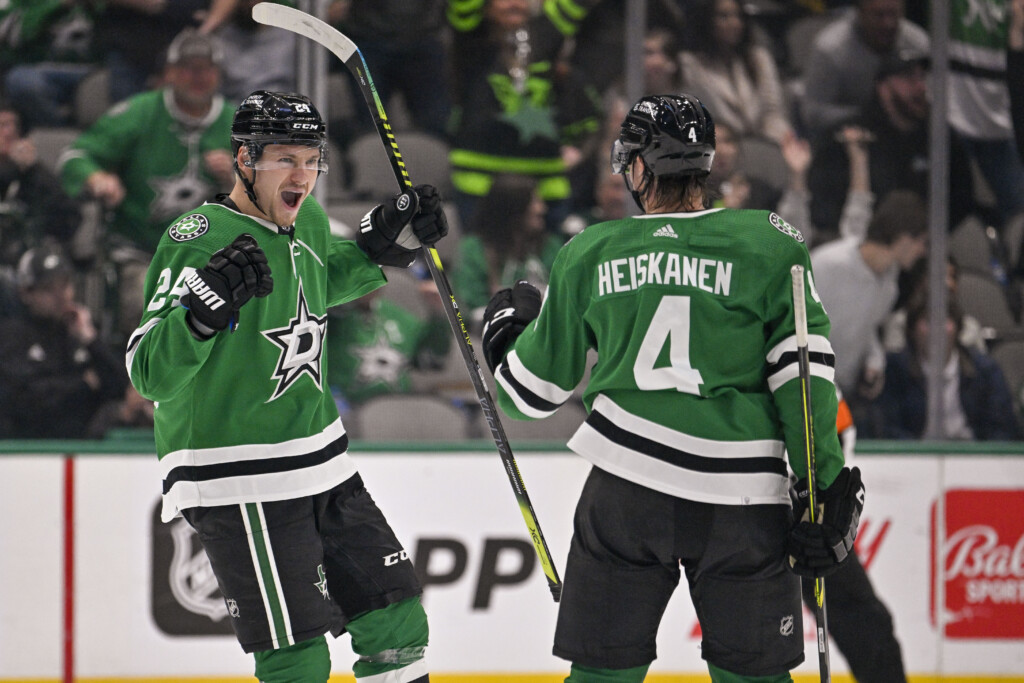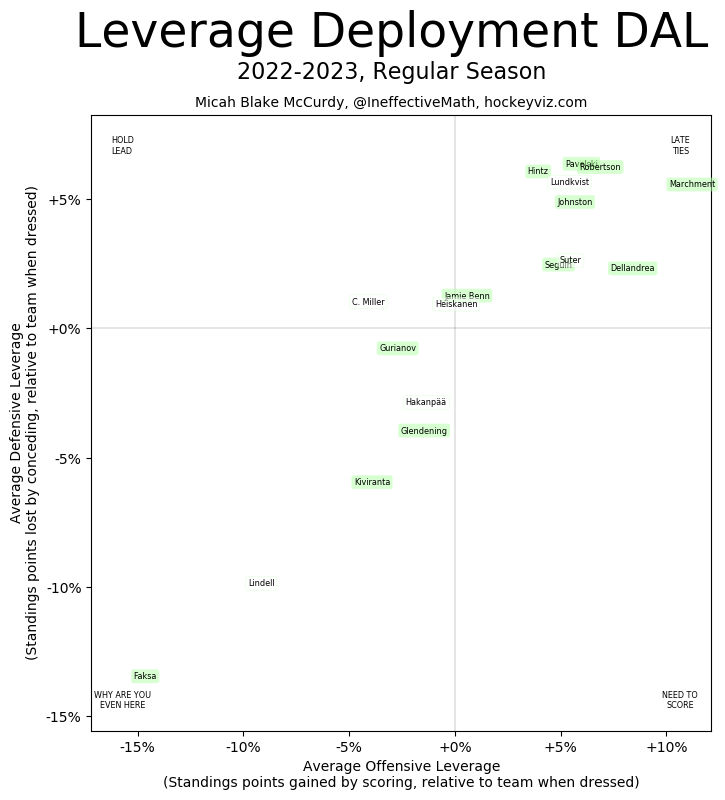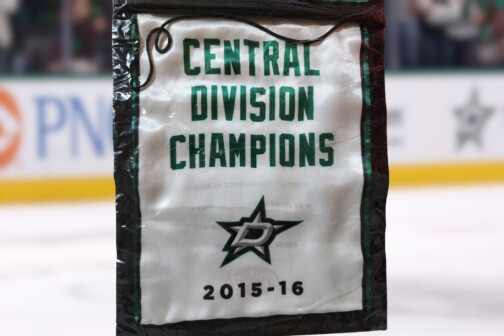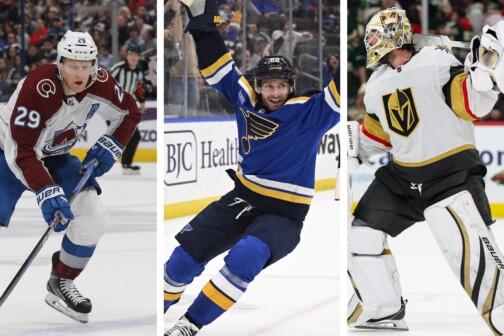Offense is back on the menu in Dallas.
Last year, it took the Stars seven games and 19 periods to tally as many goals as they’ve scored through the first three games and nine periods. They spent more than 57 minutes down by one or more goals through their first three games compared to a league-best two minutes this year. The impact? Last year it took Dallas 13 games (!) to finally win in regulation. This year, they won their first—and the next two, as well. Is it too early to celebrate the Pete DeBoer era?
Probably. But while we can issue caveats over how sustainable this is (the Stars will eventually lose a hockey game), nobody can argue the difference in vibes. We saw this in the leadup to the regular season. Radek Faksa talked about not having the energy to score after expending so much energy to defend. John Klingberg discussed how the previous system took away from his creativity. On Saturday, Roope Hintz gave the most explosive quote of all, laying out how the constant dump-ins shut down Dallas’ own offense. The fans obviously love a more watchable product, but it’s clear how much the players are digging this new era, too. But it’s not just about the goals. It’s also about players having more freedom and being empowered to take over rather than let the game come to them.
The results speak for themselves. Nine players have scored through the first three games. Last year, it took seven games for Dallas to do the same. Three games is a small sample size, obviously, but it’s certainly a good sign when a small number of games can produce a large number of highlights. Which one have you replayed most? Mason Marchment beating three Predators to record the season’s first Dallas goal? The tic-tac-toe passing sorcery of the top line? Ty Dellandrea’s Jason Spezza-level pass to beat multiple Jets in the corner to set up Tyler Seguin’s beautiful top-shelf goal? This Wyatt Johnston interview was almost as good as his goal, and don’t forget about Jim Nill’s big move to get Nils Lundkvist, who is already making his presence known on the second power-play unit. Not only are players being given the green light to make reads, but young players are being put in positions to succeed.
Even this early, one pattern sticks out: the most talented players are being trusted to run the system in critical minutes. That’s a massive departure from last year, when only one line was trusted to run the defense.
Offense is the difference maker in the modern NHL. Last season, scoring hit its highest mark since 1995, with teams recording just over three goals per game. But goals aren’t the only things increasing. Compared to 10 years ago, we’re also seeing a spike both in shot quality and shot quantity. As Travis Yost noted, teams are simply more dangerous than ever.
Part of that could be teams continuing to push up younger talent faster, a trend that has accelerated within the last six years. Last season’s save percentages on the power play were the lowest in 10 years, suggesting that teams are not only more dangerous with their shooting and movement thanks to young talent seeing bigger roles, but the systems are, too.
The current Stars roster finally fits that mold. What this group lacks in experience and veteran savvy, it makes up for in enthusiasm and talent. Two first-round picks are starring in their top nine (Johnston and Dellandrea) while another first-rounder in their blueline’s top four (Lundkvist). Dallas’ shot quality of 12.94 expected goals per 60 minutes of play on the PP far exceeds the 7.09 average of the previous five seasons. For Dallas, we’re also seeing the difference in systems across all three zones, where players are asked to adapt to the game rather than forcing players to adapt to the system. Once again, it’s early, but these adjustments are in line with larger trends throughout the league.
This is as much about Nill as it is DeBoer. In June, I wrote about how much this season would punctuate his final act. Nill’s tenure is unusual because he’s had to juggle two diametrically opposed missions: win games with a roster that wasn’t good enough to contend (but not bad enough to win the lottery) while restocking the prospect cupboard.
We’re seeing the latter bear fruit. The Stars roster has recorded 33 points; 45 percent of that production has come from players Nill and his scouting team led by Joe McDonnell drafted. Another 51 percent of that production has come from players Nill signed or traded for. This team truly is Nill’s baby now.
Should we expect that first mission—Dallas becoming a contender—to follow? It’s too early to tell. But the positive signs are all around us. Miro Heiskanen is on his strong side and becoming more of an offensive fulcrum as we expected. He’s shutting the game down at an elite level, too. One of Dallas’ trio of elite forward prospects looks primed to contribute, the blueline has been a stabilizing force, and Nill’s trademark patience is yielding positive early returns.
The DeBoer era will get a stiff test Thursday against the Maple Leafs, who for all their faults and amusing schadenfreude remain one of the league’s premier threats in the regular season. Whatever happens, it’s obvious that DeBoer has plans to take care of offense while not sacrificing his plans for defense. It’s created momentum, too. And with that on their side, we’ve already answered the question about whether or not the Stars are good. There’s plenty of season left to tell us if they can be even better.
Get the ItList Newsletter
Author







